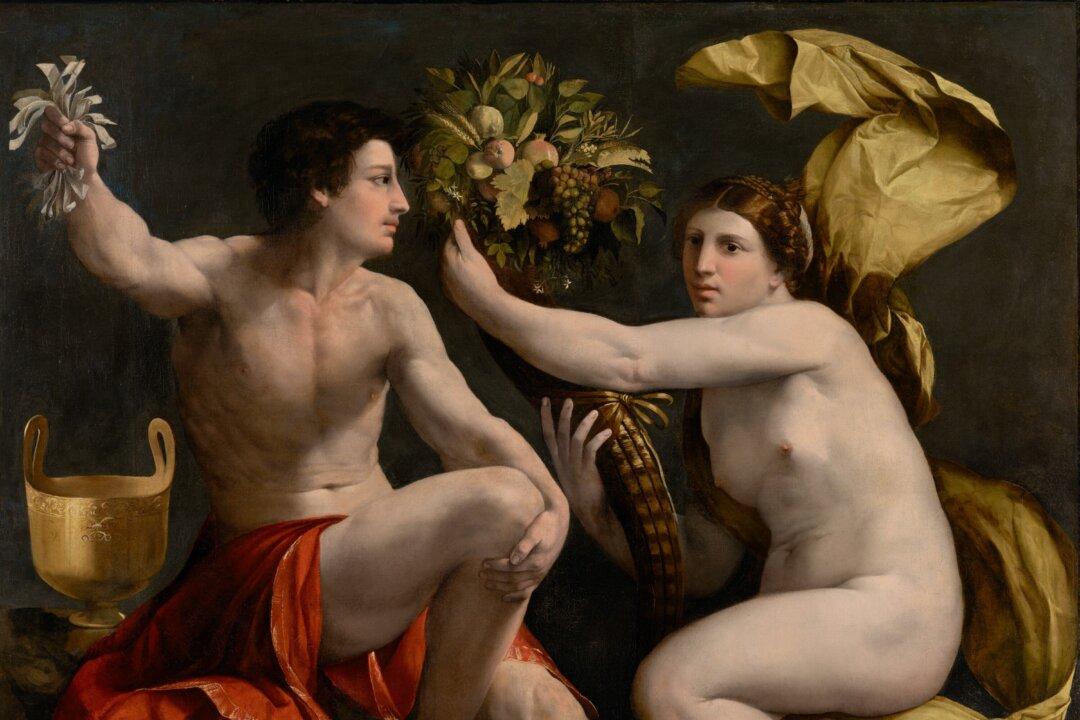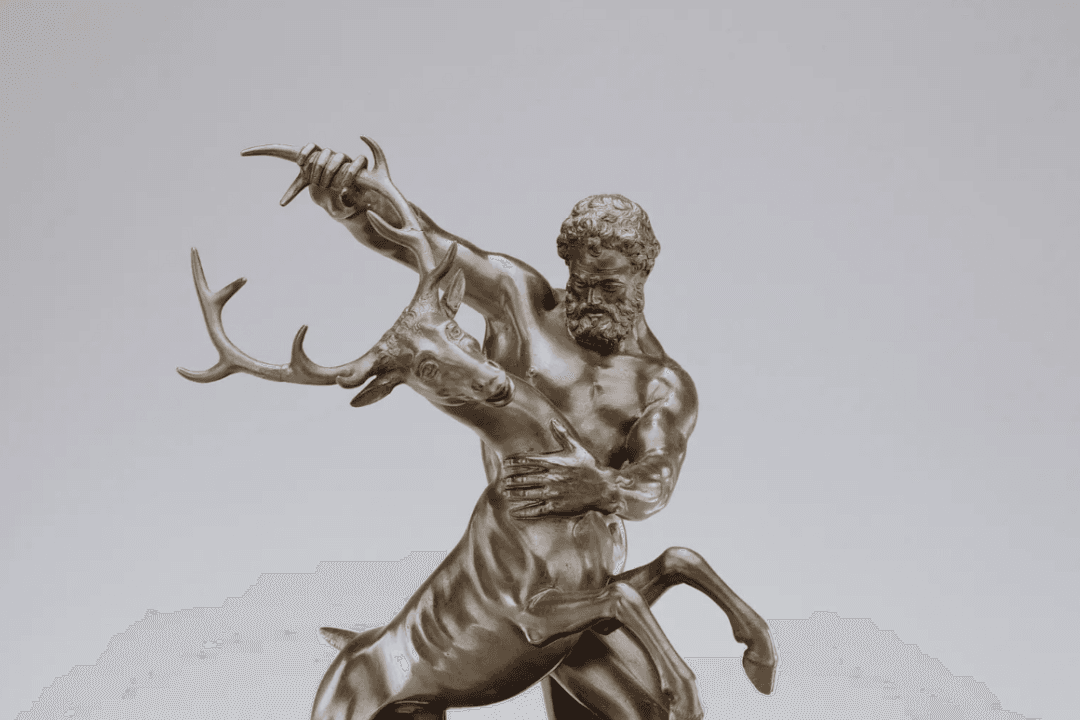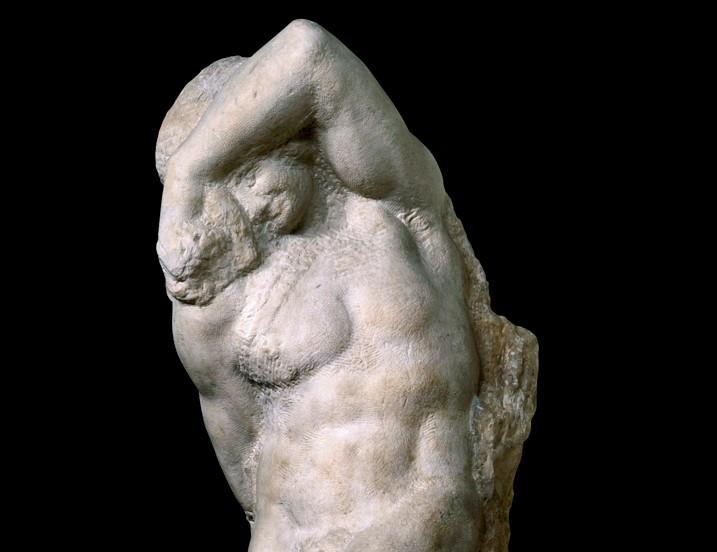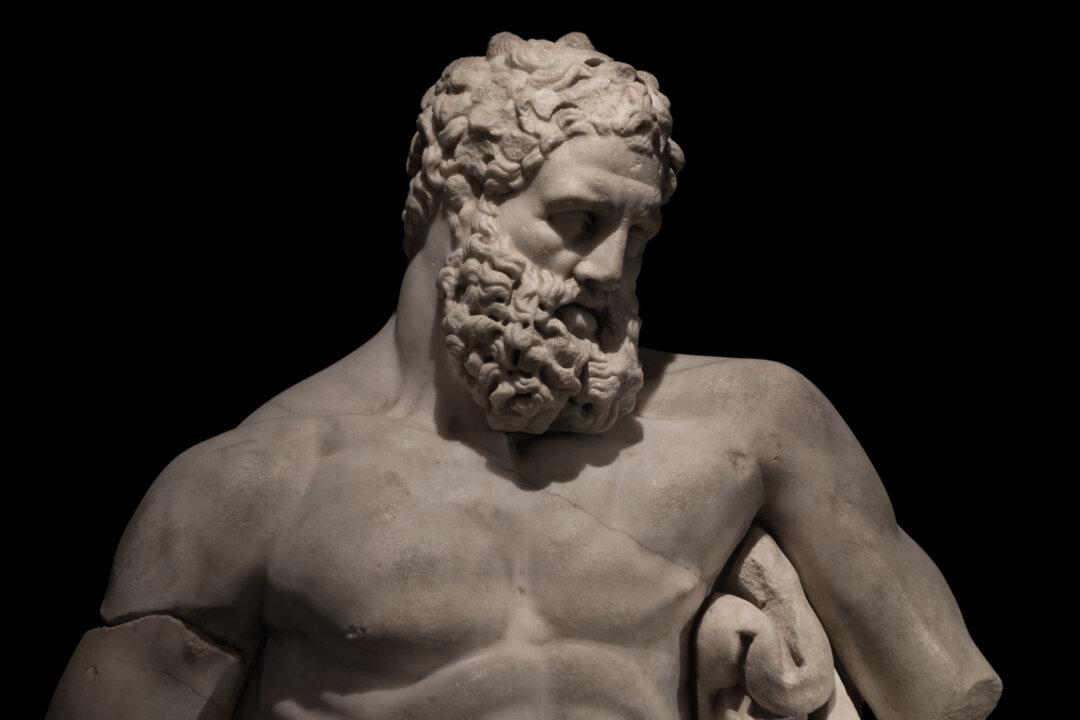We’ve all heard the phrase “Beauty is in the eye of the beholder,” but what does this mean and does it hold weight? Over the centuries, philosophers and sages have debated what beauty is about, why it is important, and where it originates.
About 600 years after Plato, the ancient philosopher Plotinus (A.D. 205–270) studied philosophy in the great city of Alexandria and interpreted Plato’s philosophy for a new era. Plotinus became the founder of the Neoplatonic school of philosophy. He also talked about beauty.





